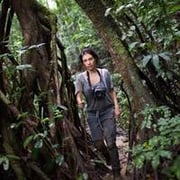
Photos (31)
Cover
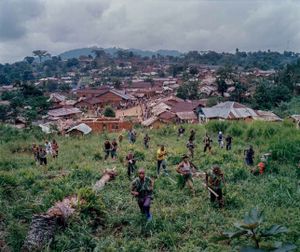
File:
063-12.jpg

File:
042-17.jpg

File:
066-24.jpg

File:
011-02.jpg

File:
006-24.jpg

File:
005-01.jpg

File:
005-08.jpg

File:
251626_r17fr2_NEW_FINAL_CROPPED-2.jpg
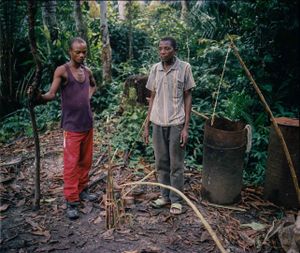
File:
024-23.jpg

File:
018-24.jpg

File:
040-17a.jpg

File:
069-9-10.jpg

File:
035-5.jpg

File:
036-14.jpg

File:
016-13.jpg

File:
030-19.jpg

File:
013-03.jpg

File:
010-19.jpg
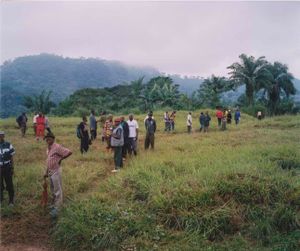
File:
004-19.jpg
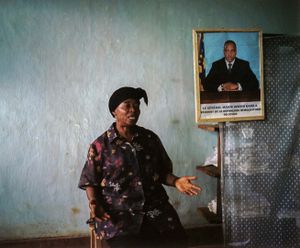
File:
067-01.jpg
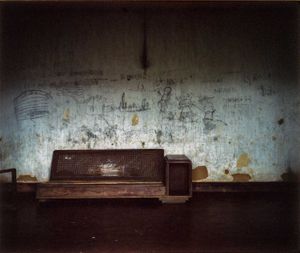
File:
079-12.jpg

File:
251626_r88fr6_NEW_FINAL_CROPPED.jpg
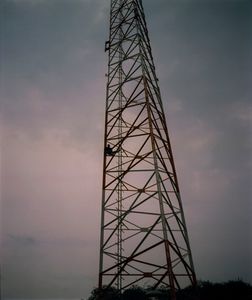
File:
002-16.jpg

File:
052-20-21.jpg

File:
049-03-04.jpg
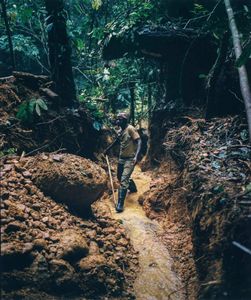
File:
025-03.jpg

File:
022-18.jpg
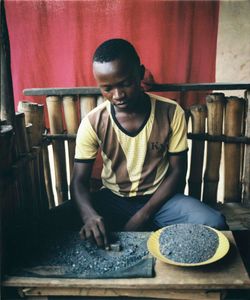
File:
001-12.jpg

File:
017-05.jpg
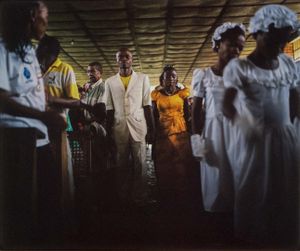
File:
020-14.jpg
![A roadside sign reads, "2014, what shall we say again? We ask for lasting peace." Yet the Congolese government has been unsuccessful in its attempts to disarm the Kikuni faction of the RM. “They [FARDC] give the FDLR arms... we can’t give arms to FARDC so we store them,” explains a soldier. To integrating into the FARDC, Kikuni responds, “Not into an army of foreigners." © Diana Zeyneb Alhindawi](https://photos.lensculture.com/medium/ee9320b5-7c72-4e89-b95c-d34c018f6e41.jpg)
File:
011-03.jpg
Add To Collection
No photos
Collaborated
